IS THAT EVEN a thing?No till farming is a method of eliminating conventional plowing, compacting, degrading and eroding farmland and market gardens the use of machines and tools to turn over the soil. Plants need sun, air and water to thrive, and if the earthworms aren't there yet, the soil will need to be broken up with a broadfork or on a tractor we use a no till tiller which shoots the seeds into the ground. Soil is never turned over to oxidize into the atmosphere. In no till farming, we treat the subsurface of soil like their earthworm inhabitants; we keep them in the dark, damp safety of their underground environment. Tilling creates soil erosion, because it breaks up the structure of the soil and fine particles are then easily blown or washed away, or washed down into the porous gaps in the soil and over time this clogs up the soil. Although tilling initially makes crops produce abundantly because of sudden aeration, this is often excessive and abnormal for the plant. In the meantime organic matter, bacteria, fungi, beetles and earthworms are all destroyed by tillage and not able to maintain the fine balance of harmony by providing nutrients to plants in a timely cycle. Eventually more and more fertilizers are typically used to maintain production and the cycle of depleting the land has continued as we have continued tilling. No till farming and gardening is more symbiotic and the soil ecology is not sent topsy-turvy. Tilling damages and exposes earthworms and fatally disturbs other beneficial organisms including some that would normally help control invaders — such as plant-eating nematodes. Some of the popular implements used in no till farming such as harrows, cultivators and chisel plows are land friendly machines only lift and moderately break the soil and prepare the surface for seed sowing or planting. Farmers often use chemicals or burning to get rid of their crop remains and weeds. That creates more problems with chemical run-off into lakes and streams. In no till farming we are learning to plow them down and allow to compost on the soil and we plant directly into the new composting layer instead. Tilling releases CO² into the air, whereas if you have an undisturbed, rich organic soil layer, the carbon would be in the plant residue and thus retained when the residue compost into the soil. To hasten this top-of-soil composting we can cover the beds with a cut grass layer or straw or agricultural tarps then, plant directly into the bed with hand tools or tractor driven no-till tillers. Sometimes farmers plant a new crop among the stubble of a previously harvested crop. These old stalks or leaves are left to rot down and provide nutrients as well as suppress weeds. Large farms use a crimper-roller to push down and kill off the remains of a cover crop or a harvested crop while simultaneously seeding with a rear-mounted seeder attachment, straight through the crimped stubble with a no-till tiller. See video below. The longer we practice no till farming and the sooner we add compost and leave plant residues to decompose in the field, the better the soil structure becomes. Over time, the yields prove to be higher with this method. This is how we rebuild and restore soil. Remember, what is now called the dust bowl was once a lush prairie! The golden rule with no till farming or gardening is to avoid inverting the soil, and to tread lightly or not at all on your planting area. Dr. Erin Silva has researched, tested and advanced no-till farming in Wisconsin and influenced farmers everywhere References:
One-Straw Revolution, by Masanobu Fukuoka The Secret Garden, by David Bodanis Gardening without work: for the aging, the busy, and the indolent, by Ruth Stout, Lyon Press (1998) Weedless Gardening, by Lee Reich, published by Workman Publishing (2001) Rodale Institute Dr. Erin Silva, Organic and Sustainable Cropping Systems Specialist Department of Plant Pathology University of Wisconsin-Madison
1 Comment
|
AuthorTopics are researched, and compiled by Farmer Gigi Goin. Archives
November 2023
Categories |
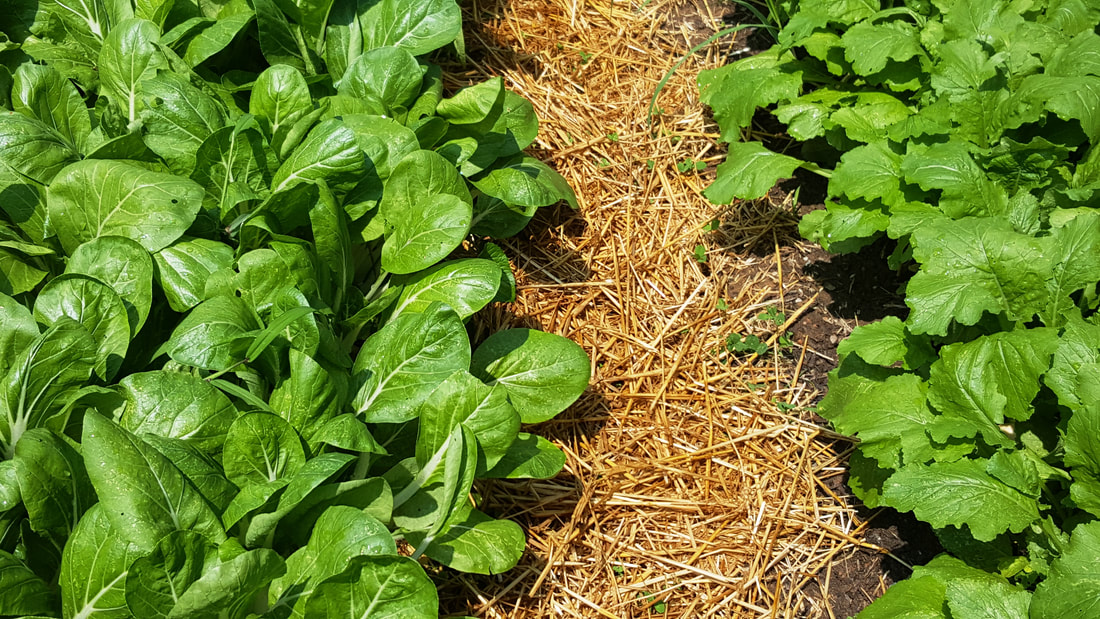
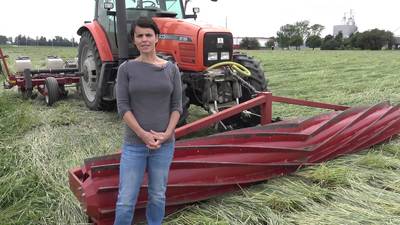
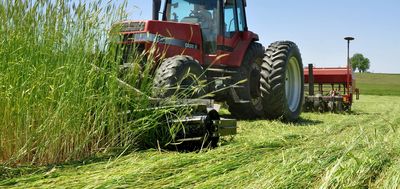
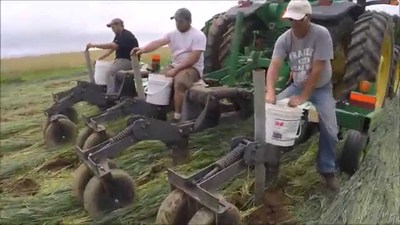
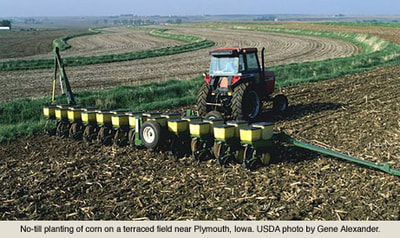
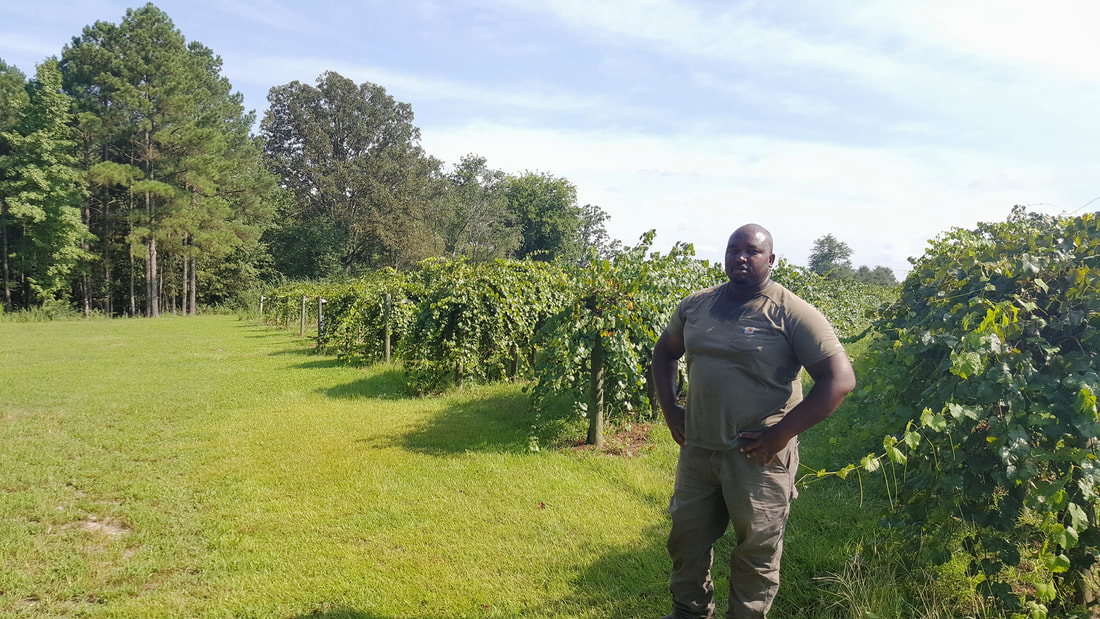
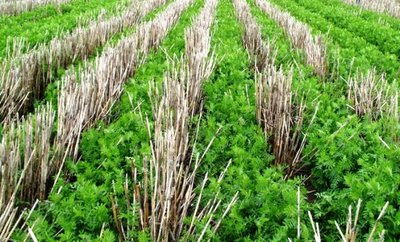
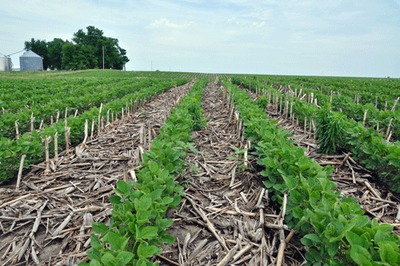
 RSS Feed
RSS Feed